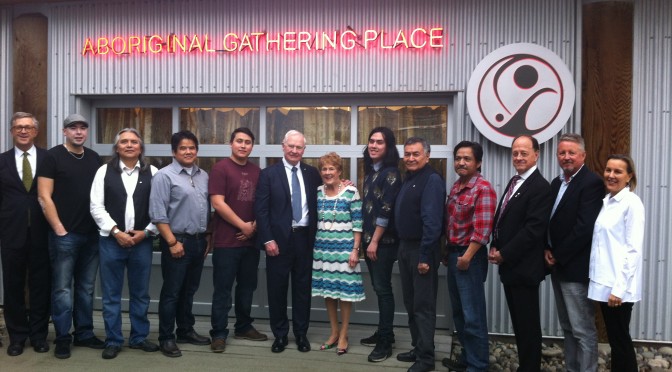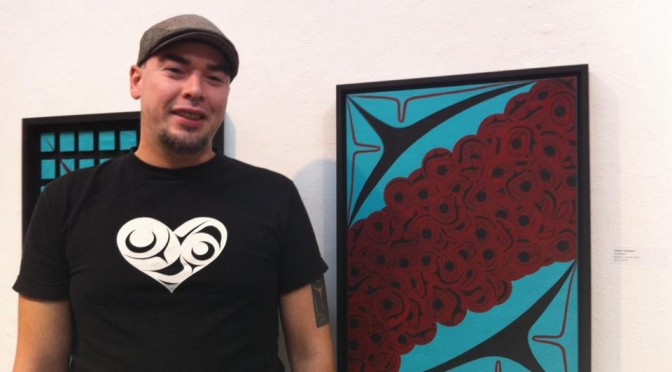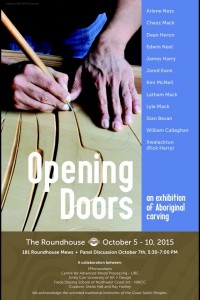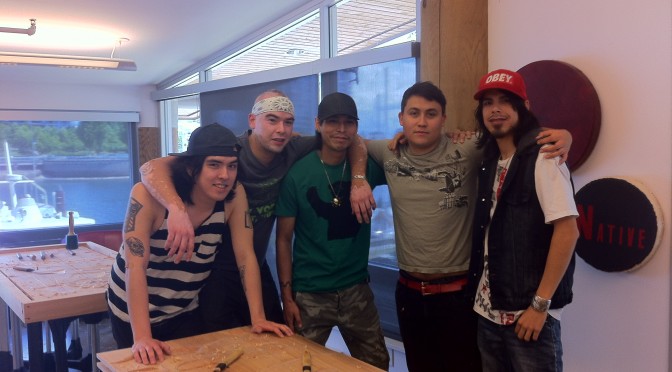Visit to Opening Doors Exhibition
As part of their official visit to Vancouver Their Excellencies the Right Honourable David Johnston, Governor General of Canada, and Mrs. Sharon Johnston Governor attended the Aboriginal Gathering Place at Emily Carr University of Art + Design to view Opening Doors, a carving project that celebrates the story-telling traditions of B.C.’s aboriginal artists, on March 3.
“Sharon and I are looking forward to seeing the great work being done in Vancouver with regards to Aboriginal art and youth programs, in the high-tech sector and by community foundations,” said the Governor General in a press statement.
Their Excellencies visited Opening Doors, an Aboriginal door carving exhibition that showcases an innovative use of technology to support Aboriginal artists. They meet with the young Aboriginal artists who have successfully completed the four-week intensive door carving program.
The Opening Doors project is a unique educational carving project that embraces the culture and storytelling nature of British Colombia coastal Aboriginal art and, at the same time, explores new technology and promotes Aboriginal communities and their unique artistic talents.
The project was led at Emily Carr University by Brenda Crabtree, Director of the Aboriginal Gathering Place, who collaborated with three other partners including the Freda Diesing School of Northwest Coast Art, UBC’s Centre for Advanced Wood Processing and FP Innovations.
Read the Globe and Mail article.
Read the BC Business article.
Read the UBC article.







